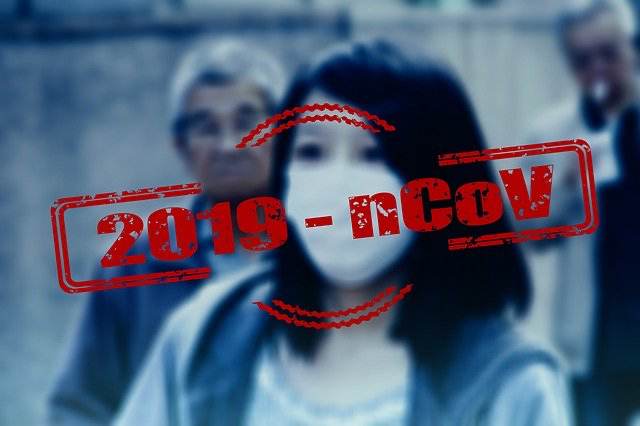The secondary market price for the tranche of the World Bank’s pandemic catastrophe bond that is most at-risk of paying out due to the spreading global coronavirus outbreak has plummeted, while the lower risk tranche has now also been marked down.
 As we explained last week, secondary market pricing for the World Bank’s pandemic catastrophe bond notes were expected to decline after the coronavirus outbreak spread resulted in a second triggering condition being met.
As we explained last week, secondary market pricing for the World Bank’s pandemic catastrophe bond notes were expected to decline after the coronavirus outbreak spread resulted in a second triggering condition being met.
On cue, the highest risk layer of notes is now marked down significantly, with some secondary marks on pricing sheets we’ve seen seeking bids as low as 5 cents on the dollar for the notes, a roughly 95% mark down and a significant drop from the 45 to 55 cents average bid of last week.
Which suggests the market is anticipating an almost full draw-down of the protection from this tranche, which based on the rising case numbers, spread and confirmed deaths in a number of countries, seems an increasing possibility.
The novel coronavirus (2019-nCoV or Covid-19) outbreak that began in the Chinese city of Wuhan, Hubei province now poses a significant threat to the World Bank’s $320 million IBRD CAR 111-112 pandemic cat bond transaction.
The pandemic cat bond provides a source of insurance, or reinsurance like, capital to back the Pandemic Emergency Financing Facility (PEF).
With the coronavirus outbreak looking set to become an eligible event, under the terms of the World Bank’s pandemic cat bond notes, the increasing severity of the situation has ramped up the secondary market pricing pressure and the market is moving towards an expectation that the higher risk $95 million Class B tranche of pandemic bond notes will face a total loss of principal.
The lower risk $225 million of Class A notes have now also been marked down, with some pricing sheets marking this tranche of notes for bids as low as 75 to 80 cents, reflecting a 20% to 25% discount.
As we explained in more detail last week, the triggering of the pandemic cat bond notes requires a number of conditions to be met before payouts would be activated.
Among these are the duration of the outbreak being 12 weeks or greater (not met, that will be March 23rd), the number of deaths in the source country (met for both tranches), number of deaths rising above 20 in at least one country overseas (met, now in two countries Iran, Italy and also South Korea), as well as a growth rate factor in terms of new cases being confirmed at the end of the 12 week duration term (unknown at this stage).
The outbreak does not need to be named a pandemic officially for the notes to face a payout, this is something that has been widely spread in media and on social media but is untrue.
The notes have a stepped payout mechanism and the riskier layer has different payout rates that are applicable depending on how many countries outside of the originating country see more than 20 confirmed deaths each. Right now each of Iran, Italy and South Korea have reported over 20 deaths from the coronavirus outbreak.
Should more than 8 countries face over 20 deaths each (not including the source country of China) then the payout rates get higher still, with the potential for a full loss of principal if this occurs and there are over 2,500 confirmed deaths in total (already met).
So it is the continued international spread and number of deaths occurring in more than 8 countries reaching 20, while a growth rate factor continues to be above the relevant trigger condition after March 23rd that could result in a 100% payout for the Class B notes.
The Class A notes meanwhile can only payout 16.67% of their principal for a coronavirus outbreak, the terms define they could pay out more for a different type of pandemic.
The continued pressure on secondary pricing is likely to build further as there seems little chance of the coronavirus outbreak spread halting in the short-term and the increasing number of deaths being seen abroad is likely to persist for the moment.
The risk of loss for investors holding the pandemic catastrophe bond notes continues to rise, in line with the ongoing global spread of this coronavirus outbreak.
We’ll update you as and when necessary to explain the risk posed to the IBRD CAR 111-112 pandemic catastrophe bond notes from the increasingly global coronavirus outbreak.
 View all of our Artemis Live video interviews and subscribe to our podcast.
View all of our Artemis Live video interviews and subscribe to our podcast.
All of our Artemis Live insurance-linked securities (ILS), catastrophe bonds and reinsurance video content and video interviews can be accessed online.
Our Artemis Live podcast can be subscribed to using the typical podcast services providers, including Apple, Google, Spotify and more.































